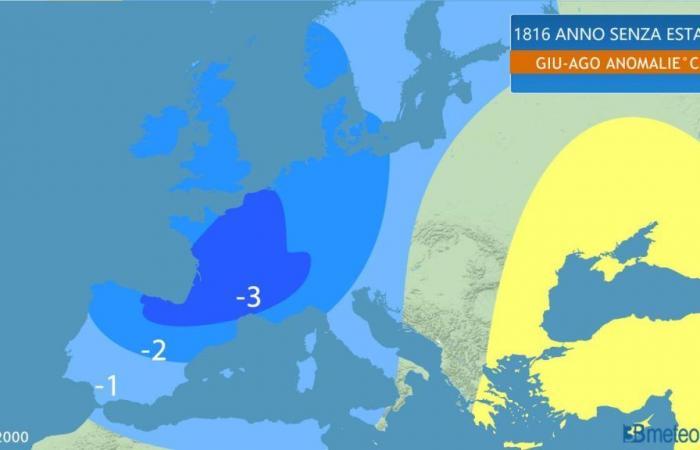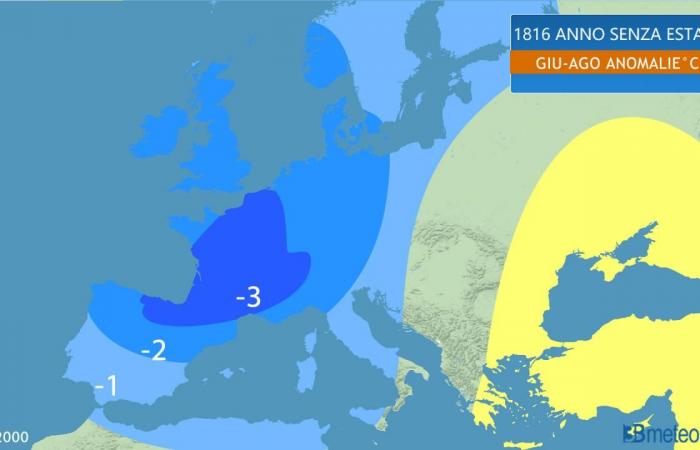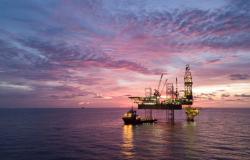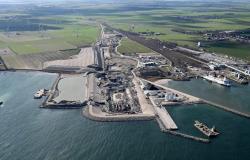reading time
1 minute, 19 seconds
1816 is known as “The Year Without a Summer” a due to the extreme and anomalous climatic conditions which led to a drop in global temperatures. This phenomenon was mainly caused by the eruption of Mount Tambora in Indonesia in 1815, one of the most powerful in history. The eruption released large amounts of volcanic dust and aerosols into the atmosphere, reducing sunlight and lowering global temperatures by about 0.4-0.7°C. This cooling, along with adverse weather conditions, severely damaged crops in Europe, North America, and other parts of the world, causing famine and significant economic and social repercussions.
Unlikeliness of such an event in the current climate. Today, the climate is influenced by anthropogenic climate change, making a summerless year similar to that of 1816 unlikely. However, a temporary cooling due to a significant volcanic eruption cannot be ruled out.
Internal climate variability. Events such as El Niño or La Niña or other internal climate events can cause very unusual weather conditions, but are unlikely to generate an impact comparable to that of the year without summer, since they influence temperatures and precipitation on limited regional and temporal scales.
Weather Blocks. Persistent weather conditions during periods of weather blocking can cause extreme weather. For example, one area may experience heat waves and drought, while another may have cool, rainy conditions. Atmospheric blocks, with stationary high and low pressure configurations, amplify impacts on affected regions, leading to droughts, heat waves or heavy rainfall.
Follow 3BMeteo on TikTok







